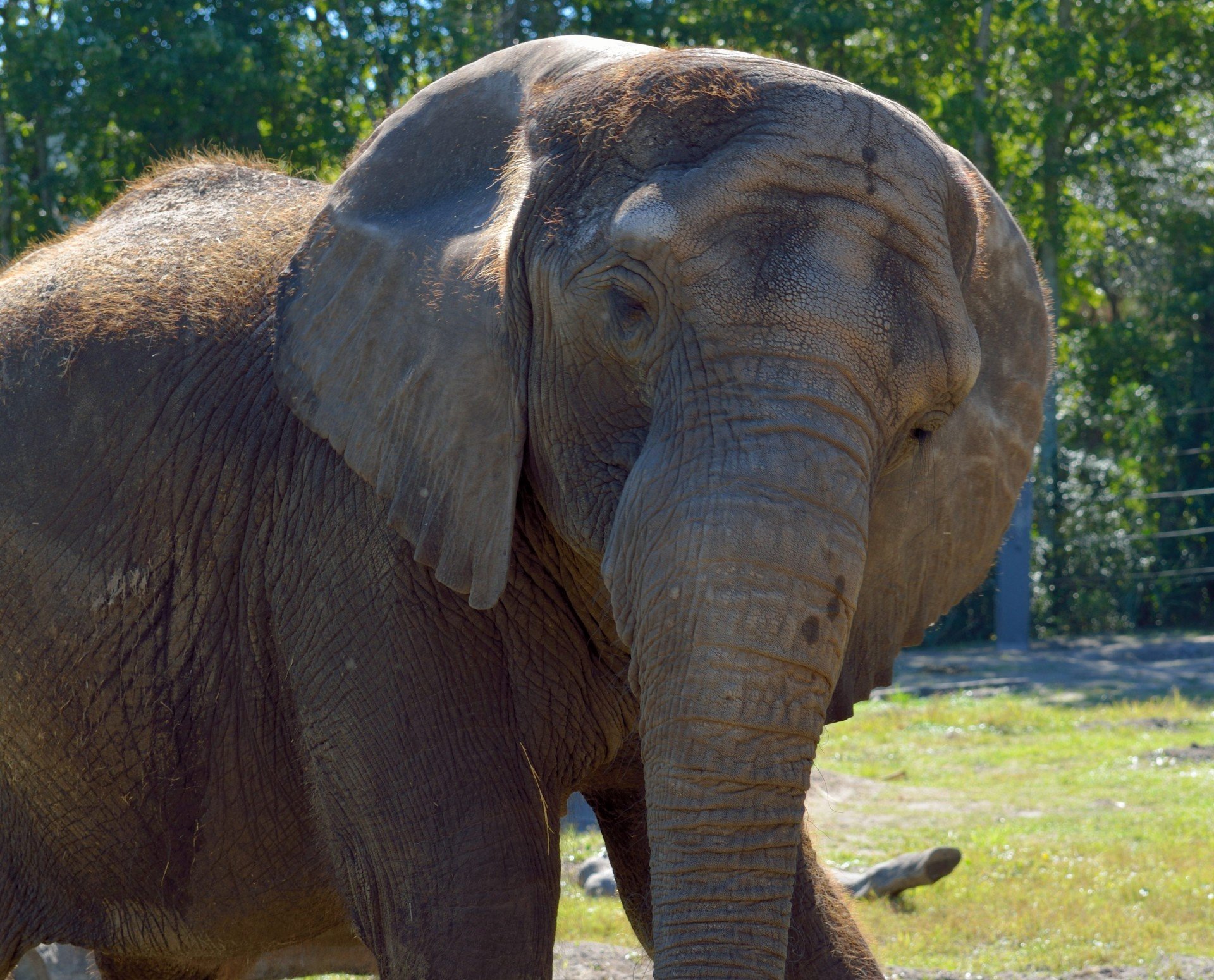Pupy the Elephant: A Symbol of Ecological Progress in Buenos Aires
Elephants like Pupy are a major attraction at Palermo Zoo. (Courtesy of Public Domain Pictures)
Pupy, an elephant who spent 30 years in Palermo Zoo in Buenos Aires, finally arrived at her new destination, a sanctuary in Brazil, on April 18. Pupy is one of over one thousand animals transferred from Palermo Zoo to various countries as the zoo undergoes its transformation into an ecological park.
The Palermo Zoo in Buenos Aires, Argentina, officially opened in 1888 and remained open for over 100 years until it officially closed in 2016. During the zoo’s century-long run, it is mostly remembered for the horrid conditions of the animals it kept. More space was allocated for visitors rather than the animals, which left the animals in small, prison-like cages that constrained them. Some of the animals in the zoo were subject to vastly different living conditions than their places of origin. This was highlighted with the death of a polar bear in 2012 during a hot Buenos Aires summer. Noise pollution combined with a succession of political directors who did not care about the well-being of the animals led the zoo to deteriorate until its closure in 2016.
Animal rights activists demanded that the zoo take better care of its inhabitants and tried to force the zoo to release them. In 2014, the Association of Staff and Lawyers for Animal Rights tried to file a habeas corpus request for an orangutan at the zoo named Sandra to move her out of her solitary captivity. While the request was rejected, as the court stated that habeas corpus only applies to humans, the court did launch an investigation into the zoo animals’ conditions. Also in 2014, activists signed a petition to move a polar bear named Arturo to Canada, where he could live in an environment better suited for his species. The request was denied because Arturo was “too old.” In 2016, Arturo died.
In June 2016, the mayor of Buenos Aires, Horacio Rodríguez Larreta, announced the closure of Palermo Zoo, stating that “captivity is degrading.” The announcement detailed that some animals would be moved across Argentina and the world to places that are more conducive to their species. The announcement also stated that the zoo would be transformed into an ecological park where animals would be valued and children can learn “how to take care of and relate to different species.” The zoo proceeded to close for two years but later reopened as an ecological park. During its closure, the zoo transferred many animals to other places, including Sandra, who moved to the Center for Great Apes in Florida.
Now reopened, the ecopark has new guidelines for how the park should operate and how visitors should behave. Some of the new guidelines include the animals being in the central area of the park so they can roam freely and are surrounded by fauna, a limit of only 2,000 visitors per day, and a prohibition on night visits.
Pupy’s arrival at Elephant Sanctuary Brazil is a joyous occasion that highlights the positive evolution of Palermo Zoo into an ecopark and Buenos Aires’ progress towards being more eco-friendly.

